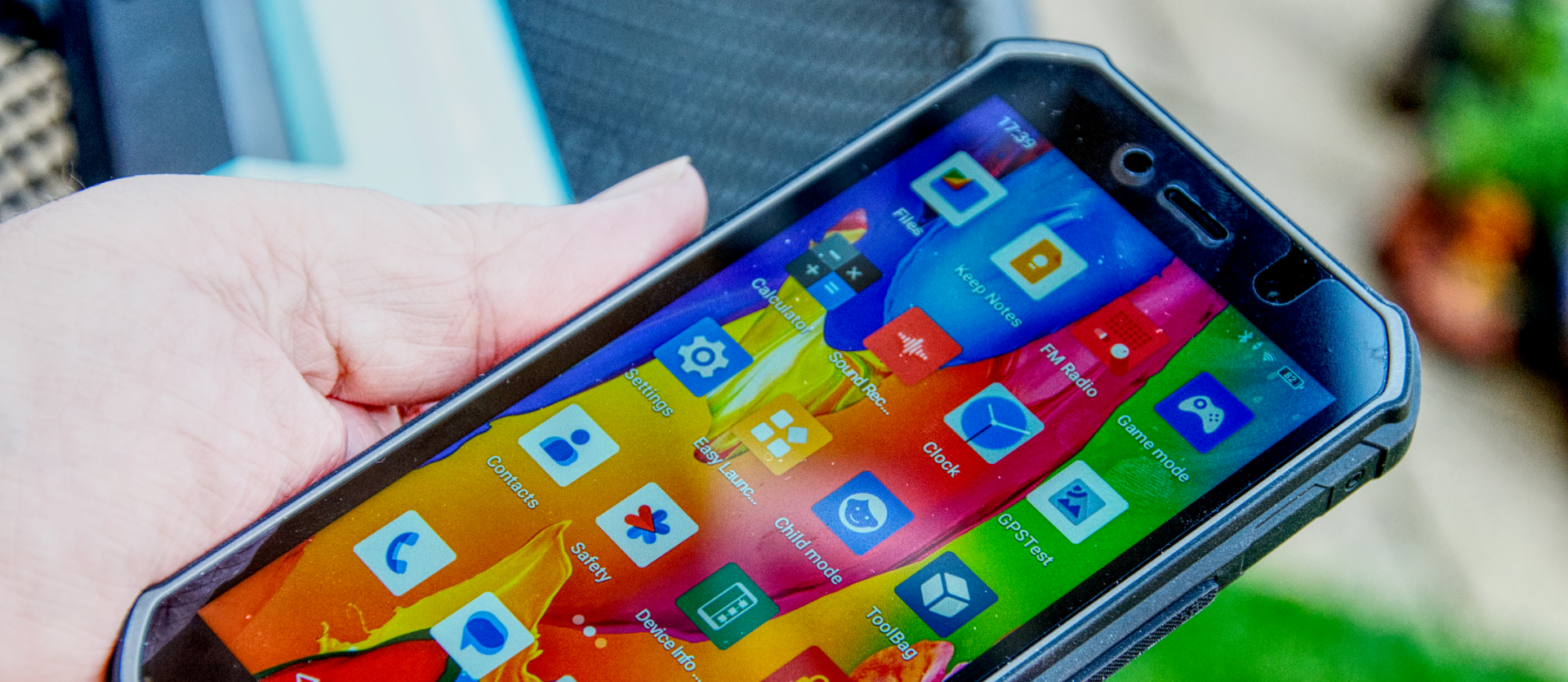
30-second review
The review sample of this phone is designated the X1 Pro. But for whatever reason, since we received it, this product has magically become the Phonemax X3.
What it promises is a rugged phone that will fit in your pocket and is not so heavy it needs to be carried to the base camp by a trained Sherpa. It sports a 20MP night vision camera along with an octo-core SoC and, according to Phonemax, is certified IP68/IP69K and MIL-STD-810G.
Ignoring that MIL-STD-810G is a US military spec, and they won't certify anything, the X3 might seem like an ideal companion on a rugged adventure or when working outdoors.
Or it might have been if the asking price wasn't $250 for a phone with 6GB of RAM and only 128GB of storage.
Given what other rugged phone makers are offering for that amount of money, those specifications seem, at best, inadequate.
The best coms it can offer is 4G, although it does cover a reasonable number of bands that should work with some carriers in Europe and America.
When it's factored that the cameras are entry-level quality, it all appears like a budget device at an inflated price.
Overall, if you want a small and lightweight Android smartphone, then there are better and cheaper choices than this.
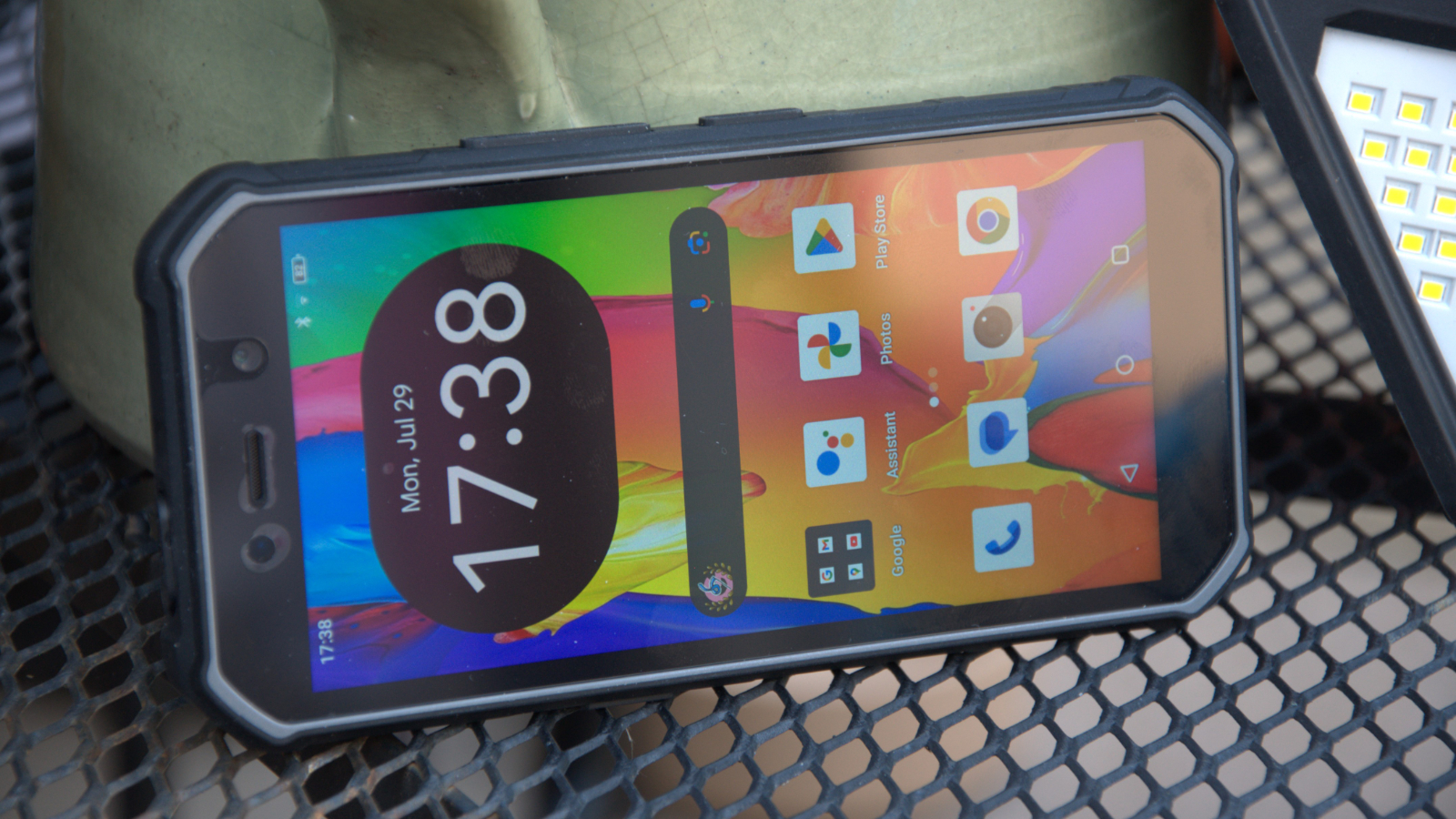
Phonemax X3: price and availability
- How much does it cost? From $250
- When is it out? Now
- Where can you get it? Direct from Phonemax
Hilariously, the MSRP of the Phonemax X3 is $599, but they've kindly decided to adjust that down to $249 (Tax excluded) on the Phonemax website.
In Europe, that sort of inference, when it seems unlikely that they ever sold any at the MSRP, would be a trading violation, but however you slice and dice this, the asking price of $249 is still way too much for a phone with this SoC and specs.
Those who want an inexpensive, rugged phone should consider the Unihertz Ticktock-S Slim, a $200 design that delivers a much more powerful platform with better cameras, a bigger screen, and more RAM and storage.
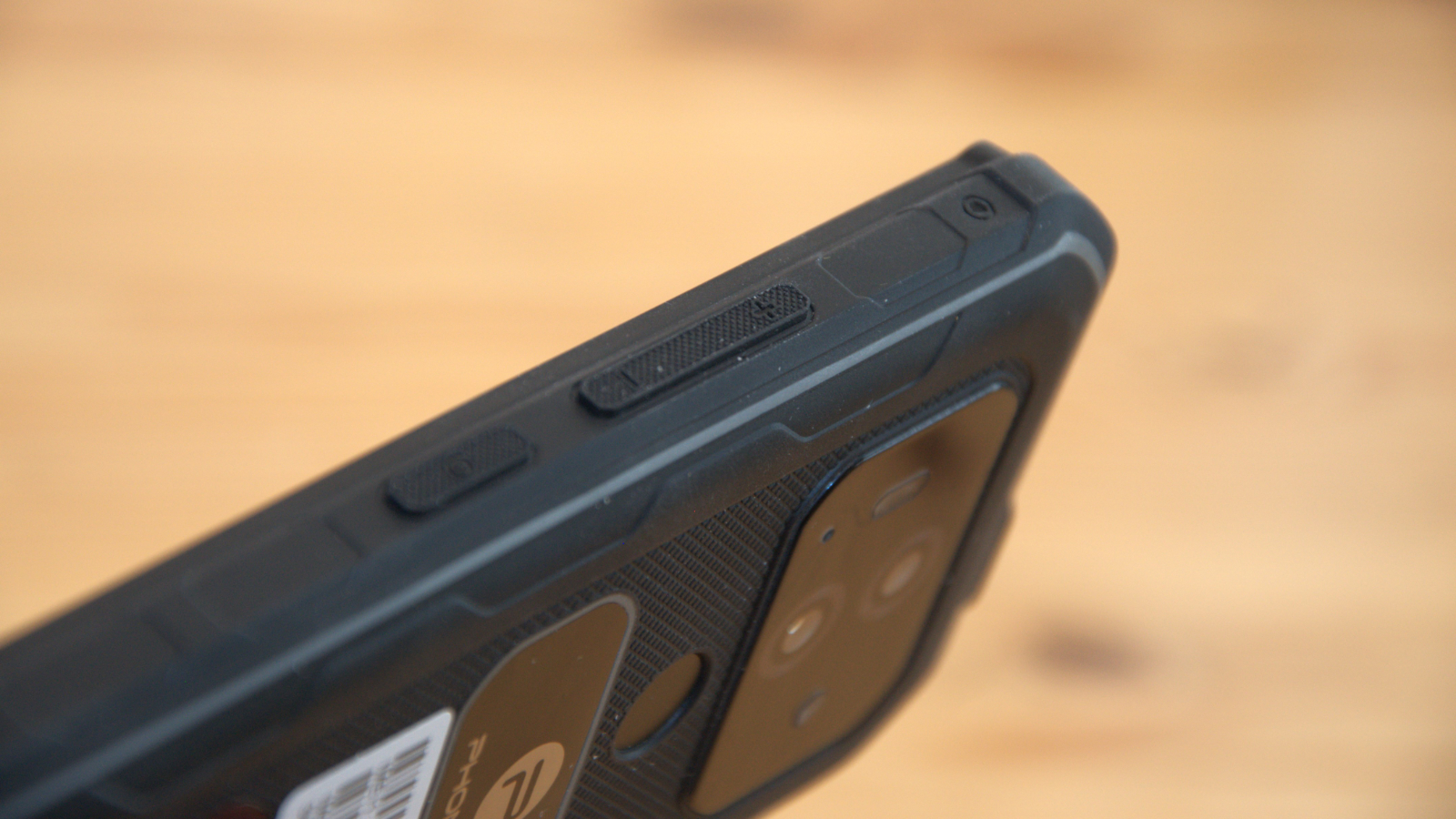
- Value score: 2/5
Phonemax X3:Specs
Phonemax M10: design
- Basic
- Robust
- Odd USB-C placement
Rugged phone designs are dictated by a number of factors, and the one driving the X3 is patently the demands of resilience. The corners are angled, all surfaces other than the screen are covered in a high-impact rubber coating, and the rear has a handy non-slip surface texture.
What's noticeable is the distinct lack of metal on any of the edges or buttons, which is somewhat unusual compared to other similar products. Phonemax probably decided to not use the metal band construction method to reduce weight. And at just 253g, this is one of the lighter (but not lightest) rugged phones around.
However, there are a few things about the X3 that are decidedly old-school.
Because metal wasn't used on the buttons, this is one of the few modern phone designs with a fingerprint sensor on the rear in the middle. Why they didn't read the fingerprint through the screen is a mystery, but its placement just below the rear camera cluster will likely result in fingerprints on the camera lenses.
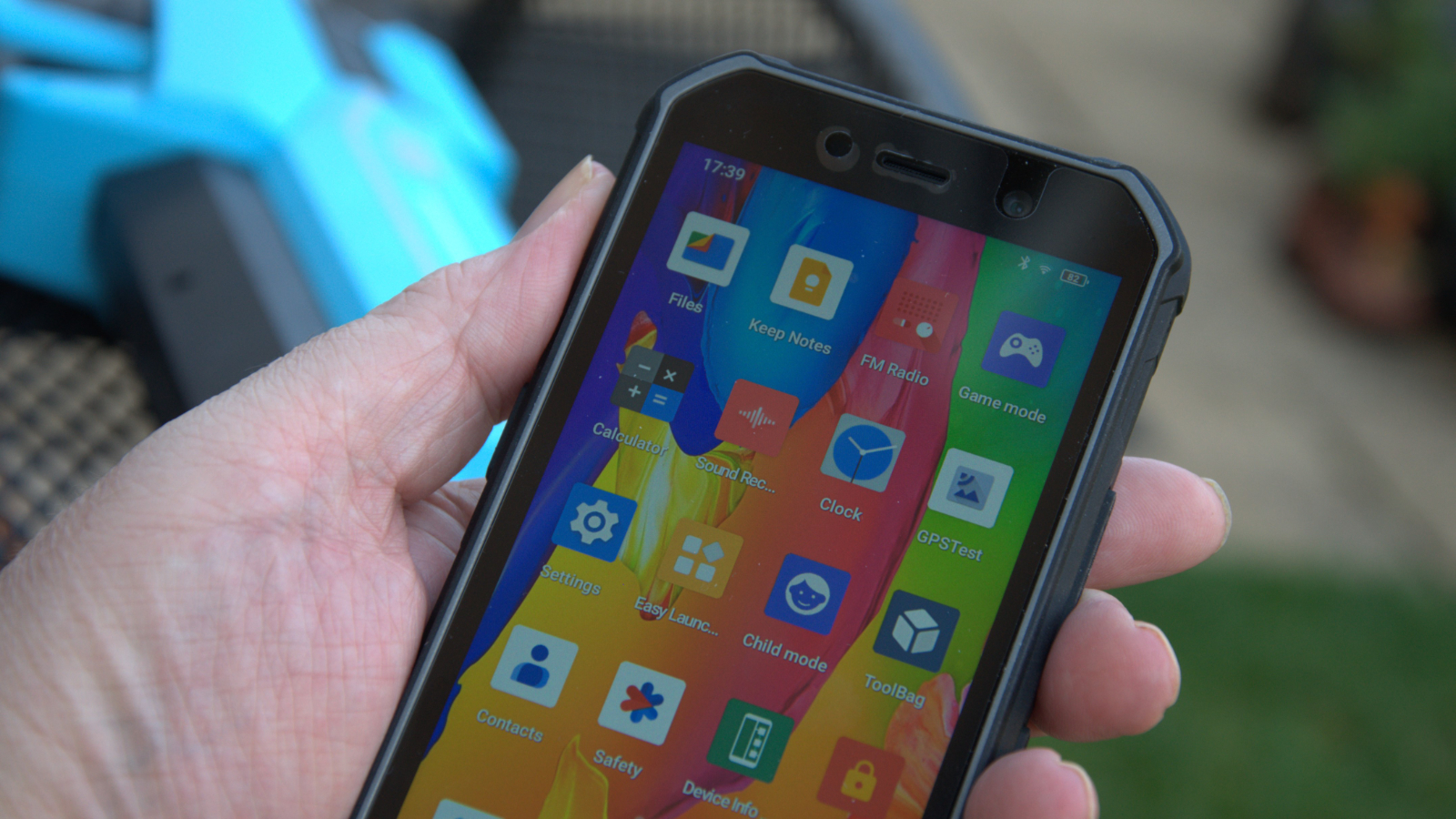
Other oddities include the placement of the USB-C port on the top, not the bottom. This port's plug is especially annoying since it obstructs inserting the cable, and it doesn't include a 3.5mm headphone jack port.
The SIM tray is typically two Nano SIMs or one with a MicroSD card affair. There is a user-definable button, but it isn't picked out in a special colour like it often is.
The back of the X3 is remarkably flat, an indicator that it might have been designed with wireless charging in mind, but that idea never made it into the finished product.
Overall, the X3's design is nothing special other than its ability to withstand a reasonable amount of abuse.
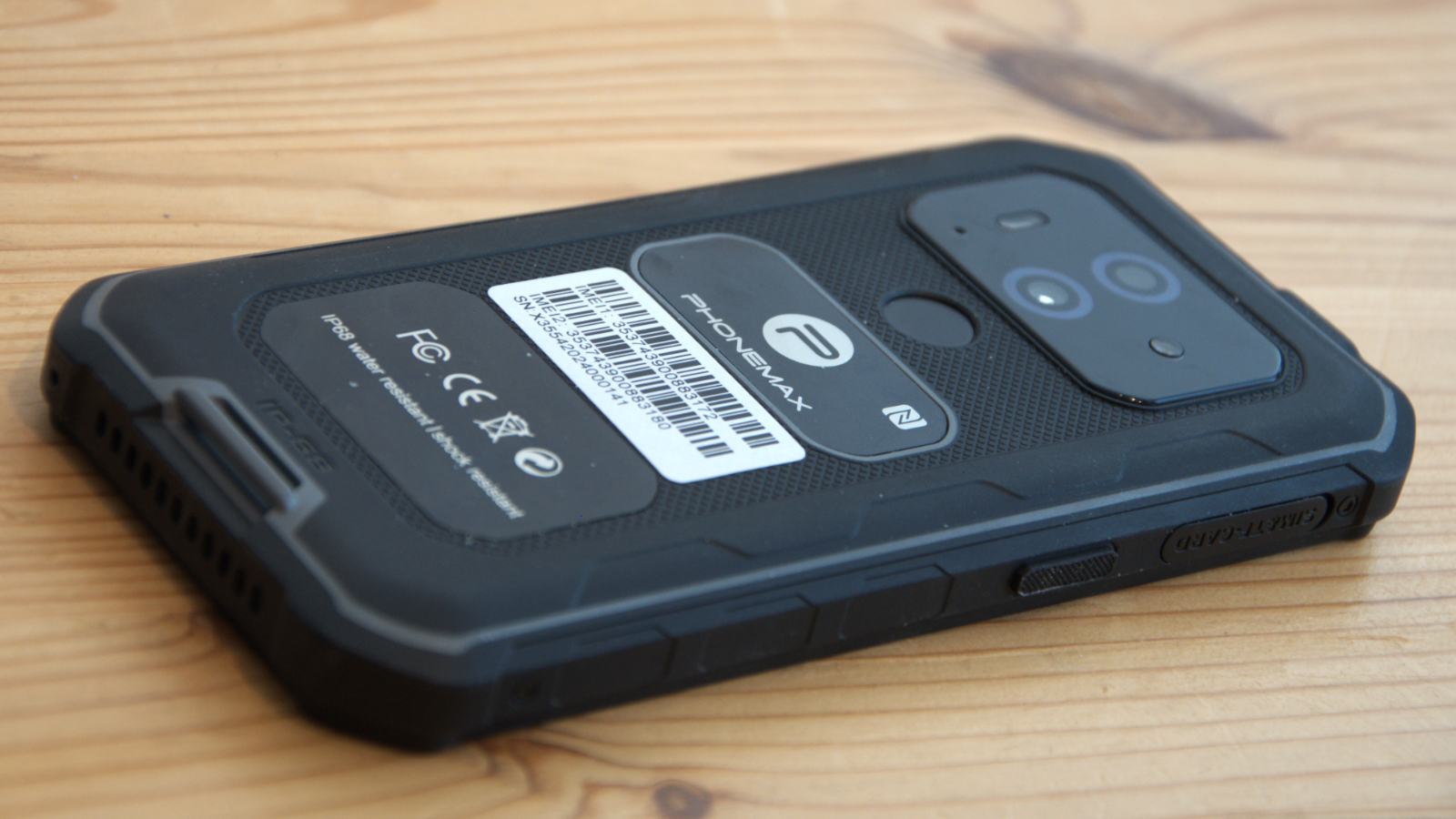
Design score: 3/5
Phonemax X3: hardware
- Unisoc T606
- WiFi 5 and 4G
- Memory and storage
Until I came to this device, I'd never heard of the Unisoc' Tiger' T606 SoC. The reason is possibly that this ARM A75-based SoC has made it into a relatively small number of phones.
First launched in 2019, this chip uses an old 12nm fabrication technology and has two A75 performance and six A55 efficiency cores. It offers the Mali G57 MP1 GPU and has an integrated LTE/4G modem.
While this platform can run Android 13, it's hardly going to set the world on fire, with the maximum clock speed of 1.6GHz. Unisoc has since released the T610, T612, T616, T618 and T619 with the same cores but progressively faster clock speeds than the T606.
In our benchmark section, we'll get into the weeds about the T606, but since this was a chip designed for entry-level phones five years ago, it's best to curb your expectations.
WiFi on the X3 is 801.11ac (WiFi 5), as it doesn't support the 6GHz channels, and the comms are 2G/3G and 4G LTE. Bluetooth is at the 5.0 specifications, with no support for LE Audio or Audio broadcast, but most of the other functionality that most people use.
The T606 supports LPDDR4X memory at up to 1600MHz and eMMC 5.1, UFS 2.1 and UFS 2.2 storage. On the X3, that translates into 8 GB of RAM, a good amount, and 128 GB of UFS2.2 storage, which seems less than ideal based on the number of cheap phones that offer 256 GB or even 512 GB.
The published specifications mention a 6GB RAM version, but the review hardware had 8 GB. This SoC does not support mapping storage to memory for more virtual application space.
Overall, the Phonemax X3 has the platform of an entry-level phone from 2020 and not a new phone in 2024.
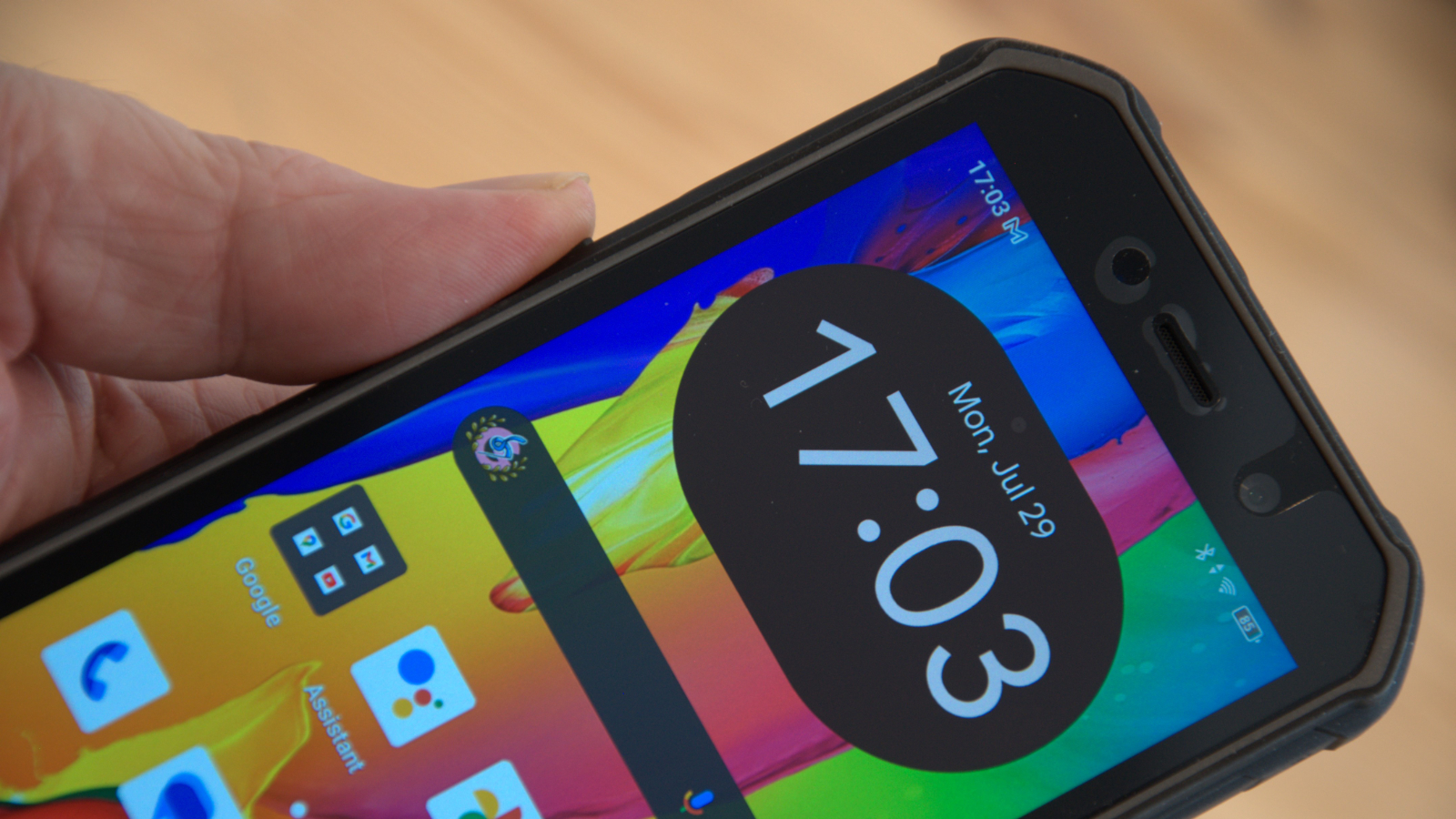
- Hardware score: 3/5
Phonemax X3: cameras
- 13MP Main sensor
- 20MP Night vision
- 8MP selfie camera
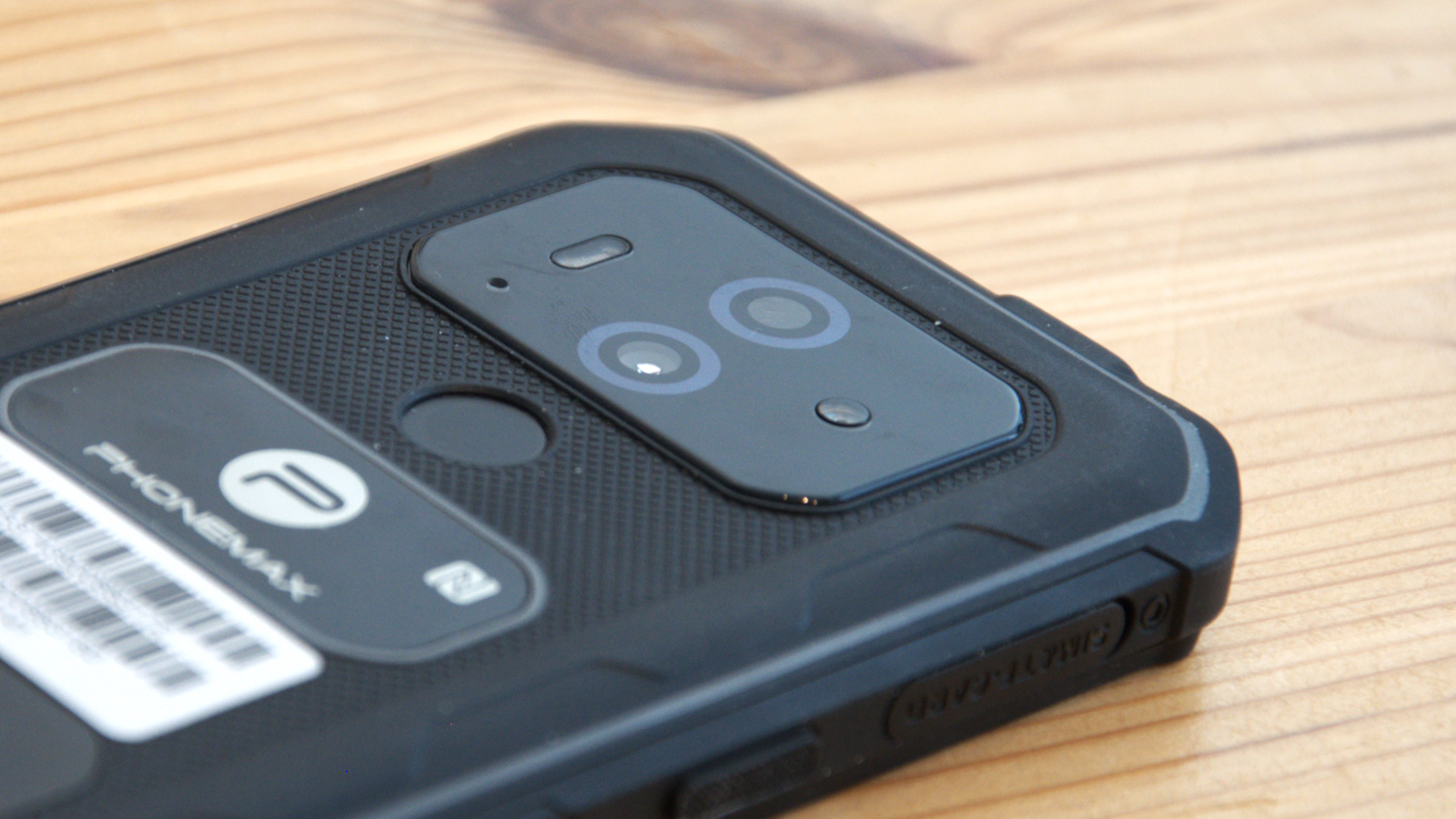
The Phonemax X3 has two cameras:
- Rear cameras: 13MP Samsung S5K3L2, 20MP Sony IMX350
- Front camera: 8MP GalaxyCore GC8034 (or OmniVision ov8865)
It's been a while since the era when a primary camera on a $250 phone had a 13MP sensor. The ISOCELL 3L2, to give this sensor its official Samsung title, was a popular sensor in 2016, when it was used by Samsung in its A3, A5, E7, J5 and J7 designs, along with Xiaomi Redmi Note 3G and 4G.
For those curious to experience this SoC and sensor, the Samsung Galaxy A3 can still be found for around $50.
As you might expect from a sensor of this spec that doesn't use pixel binning, the results aren't spectacular by modern standards. Crisper results can be obtained from the SONY IMX350 Night Vision Camera, but obviously only in monochrome.
Predictably, Phonemax didn't explicitly fill out the Android details for the selfie sensor, but based on the bound drivers, it is either the GalaxyCore GC8034 or OmniVision ov8865.
Whichever is used, the best video quality on offer for selfie use is 720p, and the best rear captured is 1080p at 30fps.
The camera app offers a few special modes like panorama, and it supports Google lens and face/smile detection, but there are no Bokeh or Beauty modes and no frame rate control on video.
What it does offer is an underwater mode. But inexplicably, this isn't available in the camera app but with a binding to the user-defined button.
We must call out a promotional image that Phonemax placed on its website X3 pages. The image shows a woman snorkelling over a reef with a turtle. The problem with this picture is that the woman (and turtle) are at least 5m and probably more beneath the surface. This phone is only rated to remain waterproof to 1.5m, and taking it down to this depth would invariably ruin it.
Considering how old the sensors are on the X3, the captured results are reasonable in most cases, but this isn't the phone to choose if you intend to do much photography or video capture.
Phonemax X3 Camera samples


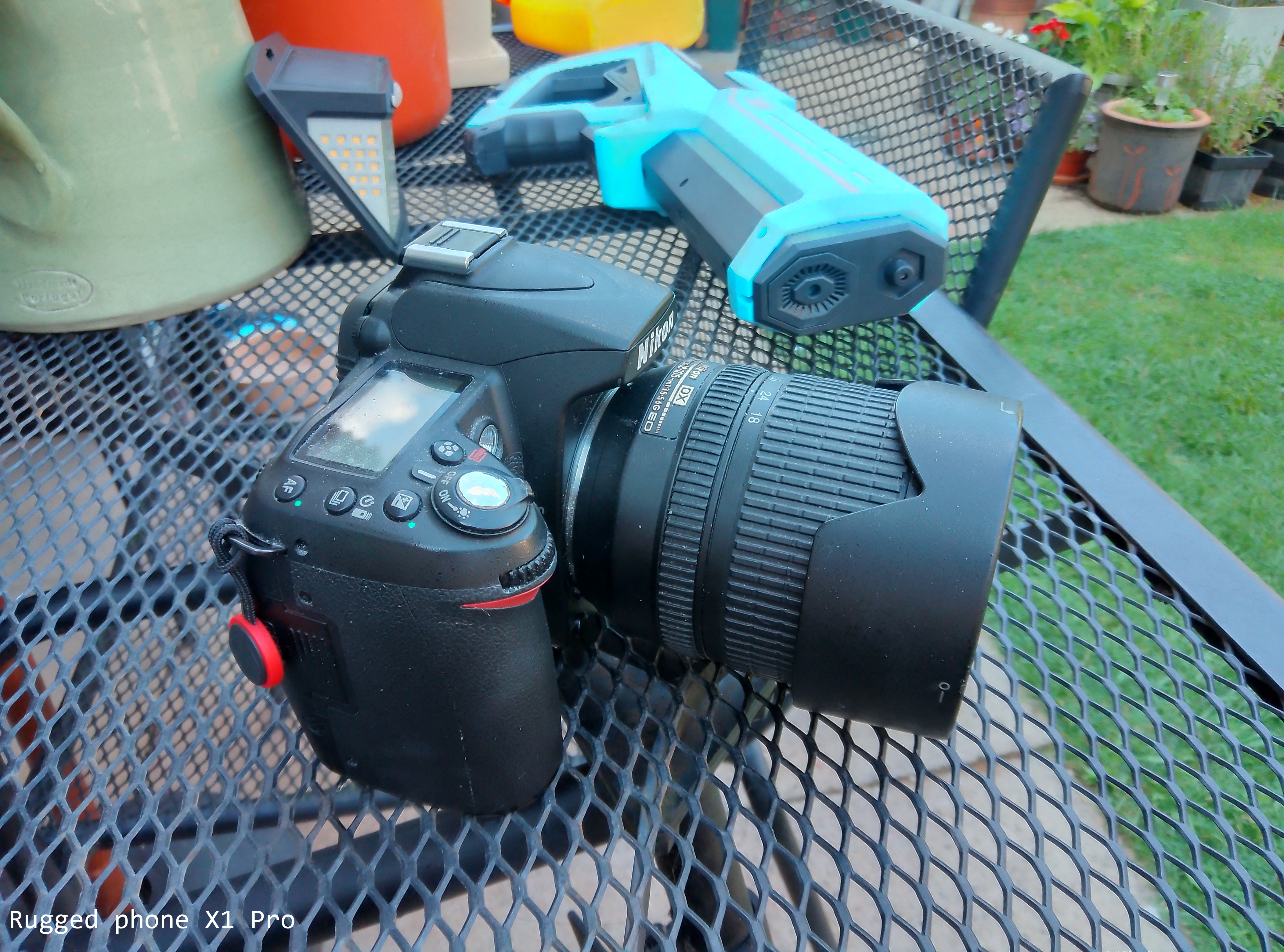
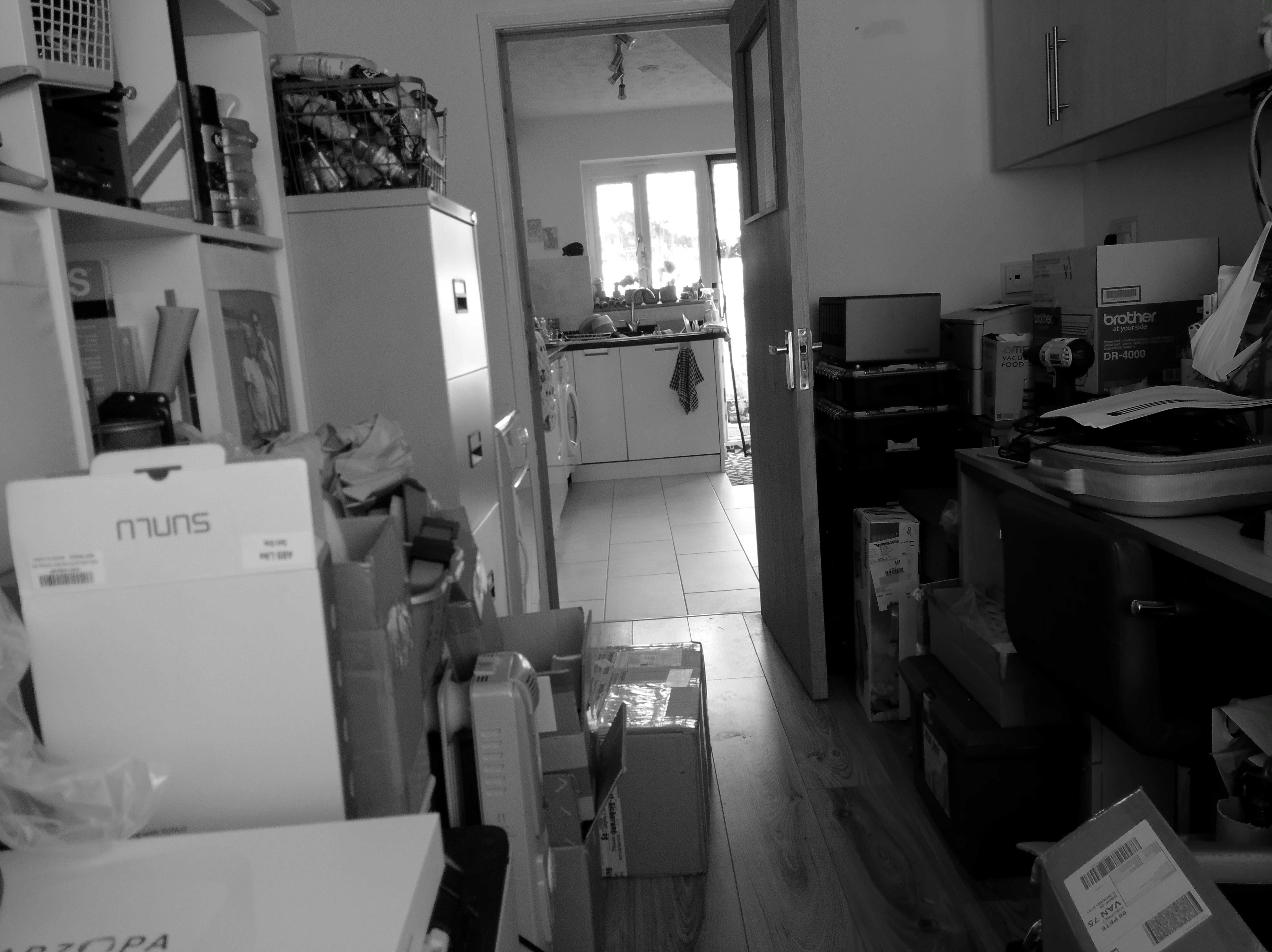

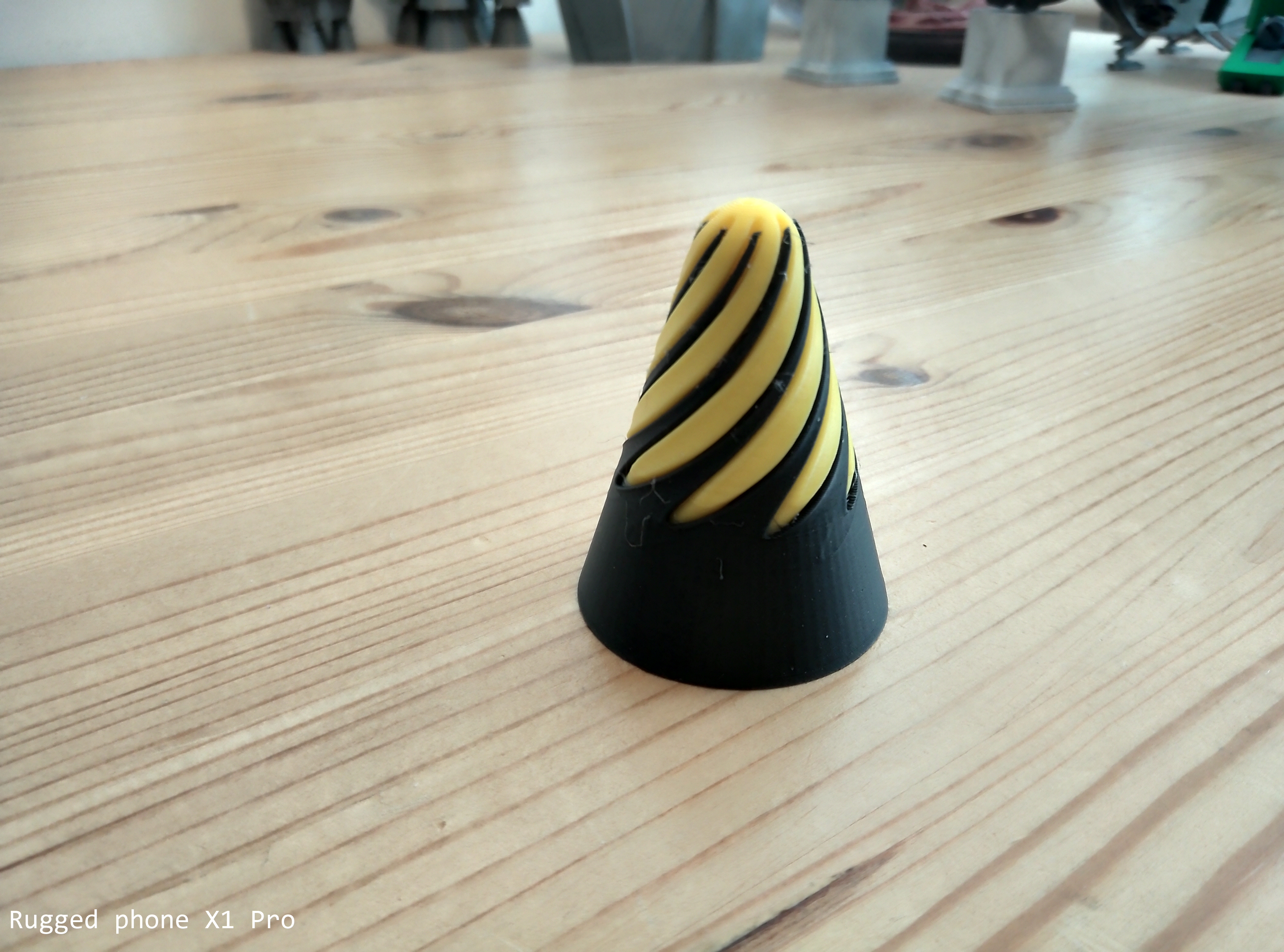


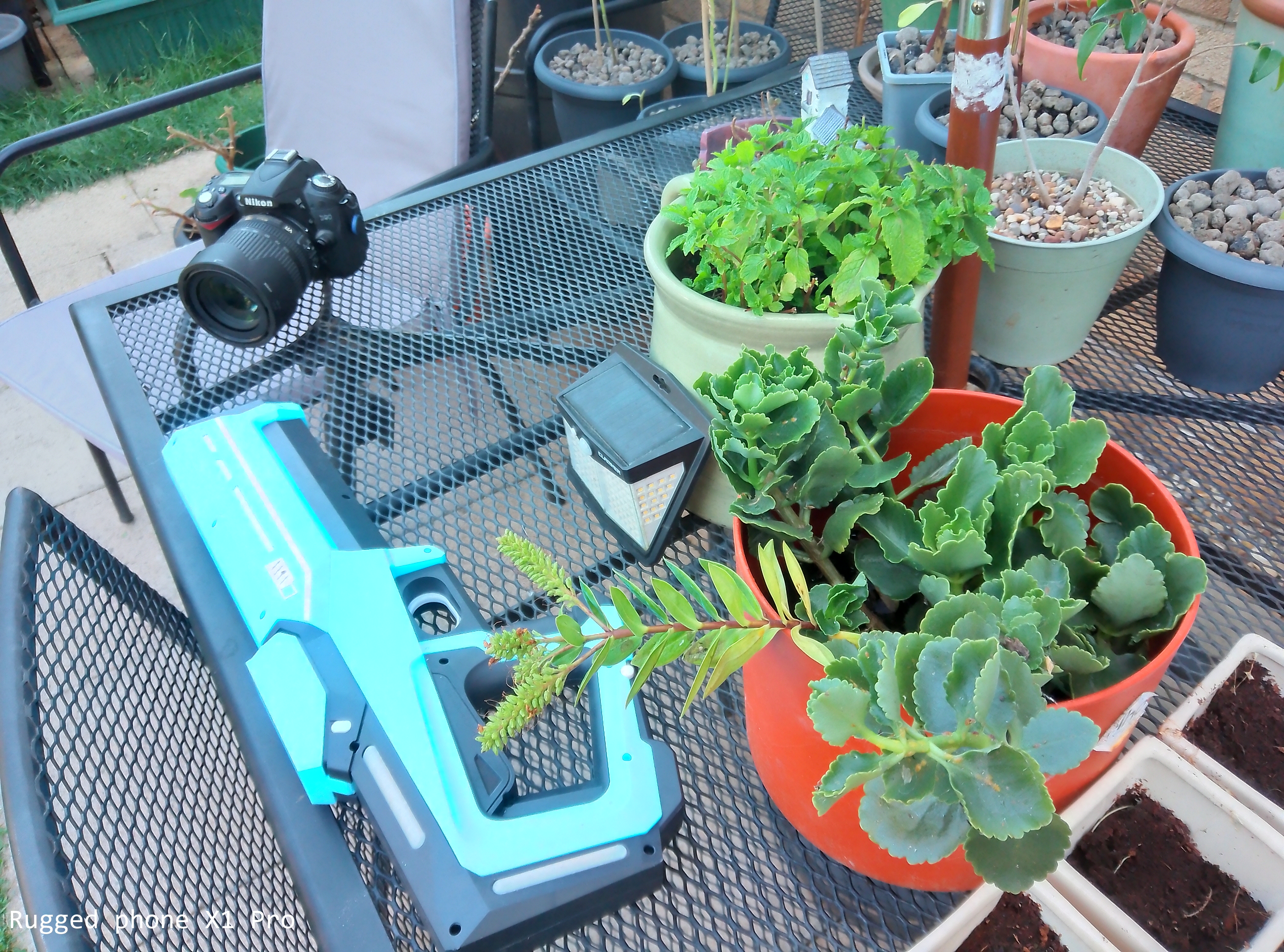


- Camera score: 3/5
Phonemax X3: performance
- Poor SoC
- Great battery life
Unfortunately, in our recent benchmark data collection, there wasn't a phone that came down to a level that was close to the X3.
To put these numbers in perspective, the Phonemax M10 that we recently covered managed better 3Dmark results with the Meditek Helio G85 SoC. And the Nokia XR21 is twice the speed or better in most tests.
The only chink of light in the gloom of these results is the battery life, which squeezes nearly 24 hours of use from only a 5100mAh battery. This is only possible because the Unisoc T606 does relatively little, and the screen is on the smaller side; therefore, these devices don't consume much power.
One complaint is that considering the small battery capacity, this phone only charges at 5.5W, taking at least 2 hours and 30 minutes to recharge. The provided PSU is rated to 10W, but we never recorded the X3 pulling that much power while recharging.
In short, if you are looking for a performance phone, the X3 isn't for you.
- Performance score: 2.5/5
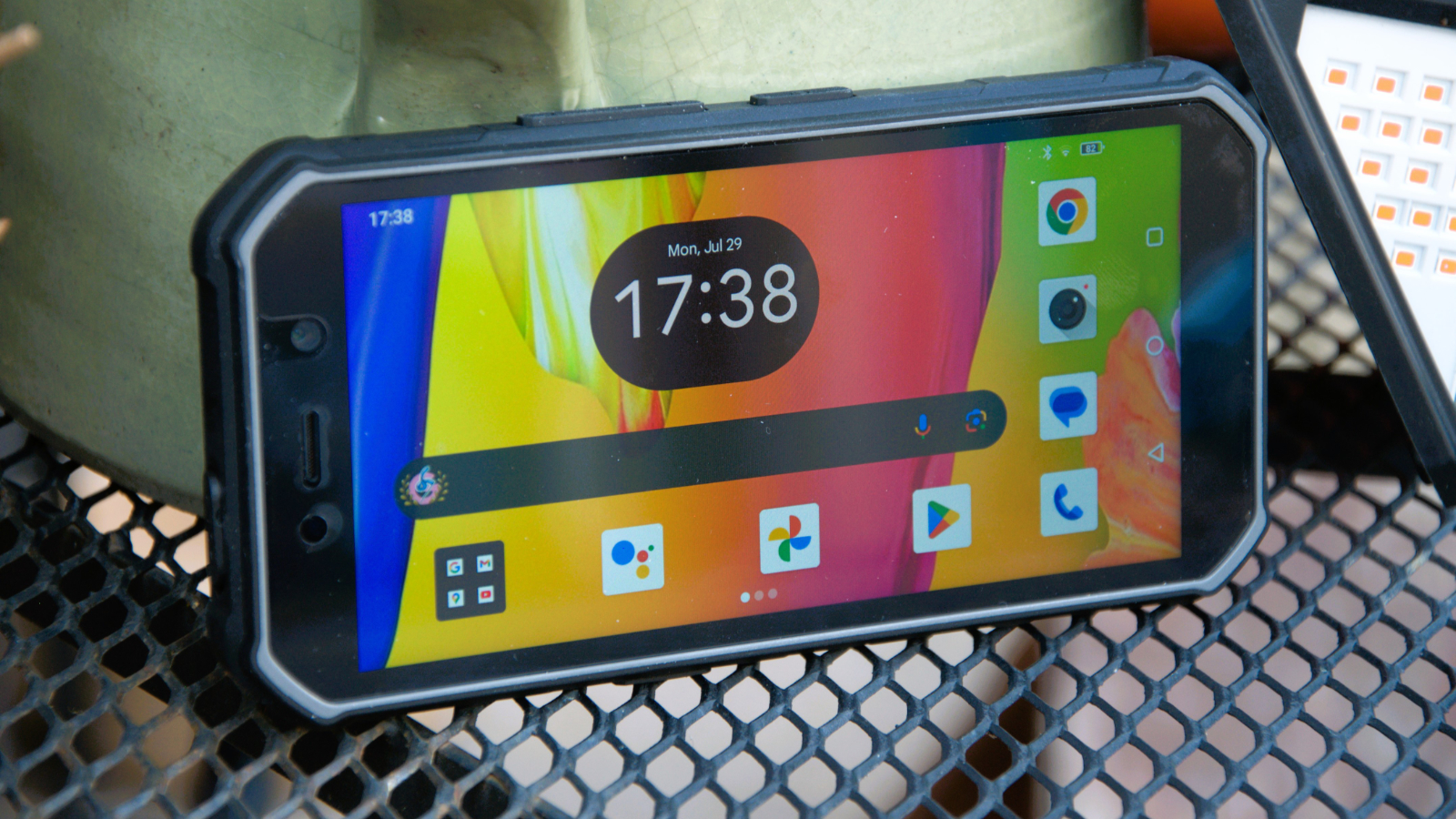
Phonemax X3: verdict
Not sure what Phonemax was thinking when it came up with the X3 design. When all things are considered, it's a decidedly budget phone that's been waterproofed.
To then ask $250 for the joy of owning one seems beyond optimistic on the maker's part and entirely tone-deaf to buyer expectations. It's true that some of the smaller and lighter rugged designs, like the Nokia XR21, do command a premium, but that's a 5G phone with dual 64MP cameras from a big brand name.
The only positive aspect of the X3 is that with such a lacklustre SoC it manages to have decent battery life even with only 5100mAh of capacity.
But in other respects, this isn't a device that we'd splash $250 on, given some of the excellent rugged designs in the sub-$200 slot.
Should I buy a Phonemax X3?
Buy it if...
Don't buy it if...
Also consider
If this device isn’t for you, check out our best Rugged Phones collection.







